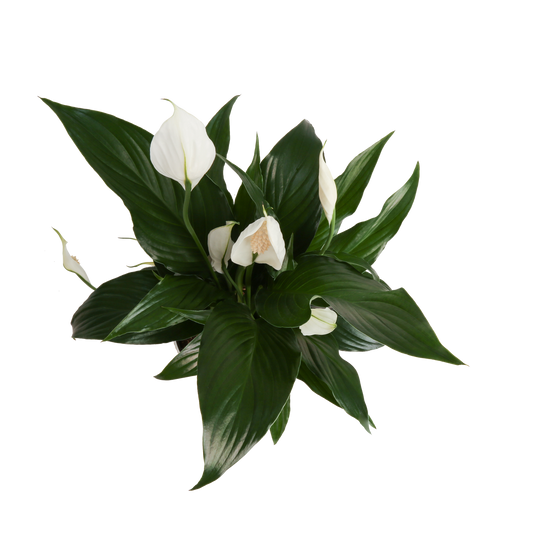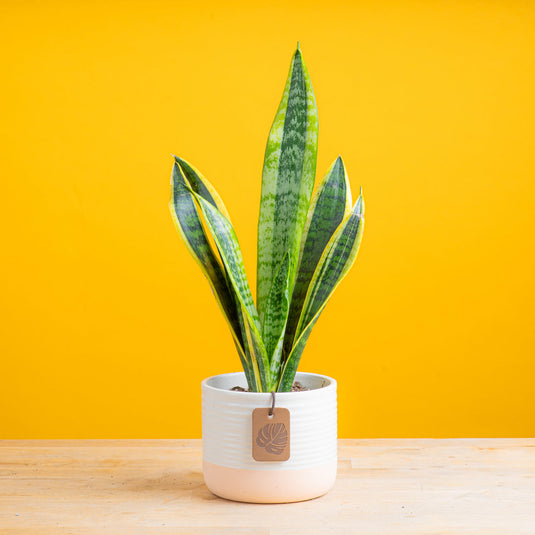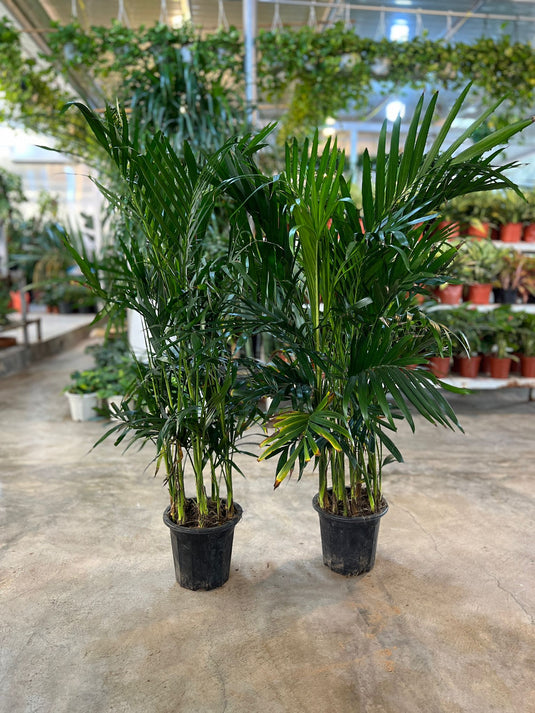Busida Tree / Bucida Buceras Red
- Healthy Arrival Guarantee
- Free Plant Care Consultation
- Safe & Secure Payment

We will send you a notification as soon as this product is available again.
-
Estimated delivery: Dec 07 - Dec 11
-
Free return within 7 days of purchase.
Plant Description
The Busida tree, also known as Bucida buceras, is a tropical hardwood tree native to coastal areas of Central America and the Caribbean, characterized by its slender trunk and dense. The global market for tropical hardwoods, including Bucida buceras, is expected to reach approximately $10 billion by 2030.
Top 5 Benefits of Busida Tree / Bucida Buceras Red
1. Durable Wood Quality
Busida wood is known for its durability and resistance to decay, making it suitable for outdoor furniture and marine applications. Studies indicate that this wood can withstand harsh weather conditions, increasing its longevity (Baumgartner et al., 2017).
2. Eco-Friendly Resource
As a sustainably sourced hardwood, the Busida tree contributes to forest conservation efforts. Research shows that responsible harvesting practices can help maintain biodiversity while providing economic benefits to local communities (Dudley & Stolton, 2016).
3. Soil Erosion Prevention
The extensive root system of the Busida tree helps prevent soil erosion, especially in coastal areas. A study found that tree roots significantly stabilize soil and reduce runoff, enhancing land conservation efforts (Bork et al., 2018).
4. Wildlife Habitat
Busida trees provide essential habitats for various bird and insect species, contributing to ecological balance. Studies demonstrate that maintaining diverse tree species in forests supports overall wildlife health (Suding et al., 2015).
5. Aesthetic Value
The Busida tree's attractive appearance, with its lush foliage and distinctive shape, enhances landscaping and urban environments. Research shows that green spaces can improve mental health and community well-being (Kaplan & Kaplan, 1989).
Disadvantages
· The Busida tree has a relatively slow growth rate, requiring patience for cultivation.
· Optimal growth conditions may require specific soil types and drainage, emphasizing the importance of proper site selection.
· Busida wood may not be readily available in all regions, necessitating sourcing from specific markets.
· Regular maintenance is essential to promote healthy growth and manage pests, highlighting the importance of horticultural practices.
Frequently Asked Questions
1. Is Busida wood durable?
Yes, Busida wood is known for its durability and resistance to decay, making it suitable for various applications.
2. Does the Busida tree contribute to environmental conservation?
Yes, it plays a role in eco-friendly resource management and helps maintain biodiversity.
3. Can the Busida tree prevent soil erosion?
Yes, its extensive root system is effective in stabilizing soil and preventing erosion.
4. Does the Busida tree support wildlife?
Yes, it provides essential habitats for various species, contributing to ecological balance.
5. Is the Busida tree visually appealing?
Yes, it enhances landscapes with its attractive foliage and shape, improving community aesthetics.
Final Verdict: Should I Buy the Busida Tree / Bucida Buceras Red?
Yes, its contributions to soil conservation and wildlife habitat further support its value in both landscaping and ecological sustainability.
Plant Care
Watering
Water your plant once a week or when the soil starts to feel slightly dry on the surface. Keep the soil consistently moist, but be careful not to overwater, as this can cause brown spots and leaf drop. If the leaves become curly or dry, it's a sign that the plant needs water. It's best to water your plant in the early morning or late evening when the temperatures are cooler. Always check the soil before watering.
Light
Provide bright indoor light or indirect sunlight for about 6 to 8 hours a day.
Temperature
Maintain temperatures between 18°C and 24°C. Avoid exposing the plant to drafts, as these can cause undesirable temperature fluctuations. Mist the plant occasionally, about twice a week, to help maintain optimal humidity levels.
Fertilizer
Apply liquid fertiliser every 15 days when the plant is actively growing. For best results, use Folikraft ready-to-use Indoor Plant Food.





















